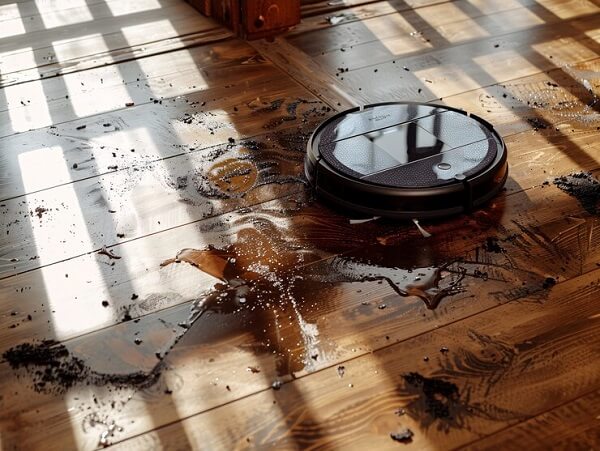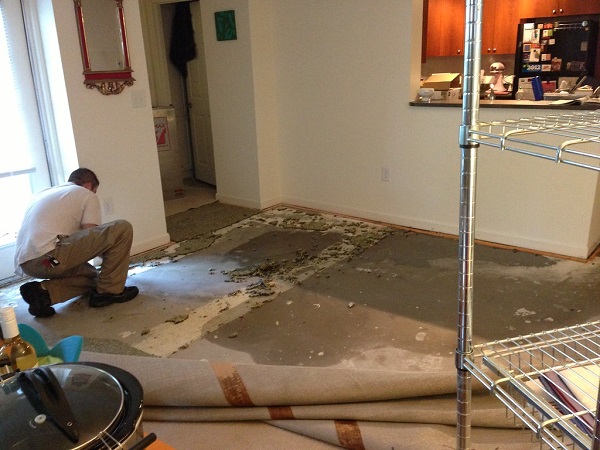Homes and other structures can sustain catastrophic damage from floods, leaving a path of devastation in their wake. One of the most critical steps in recovering from a flood is removing the water and thoroughly drying out the structure. This process, known as water removal and structural drying, is vital to preventing further damage and ensuring a safe and healthy living environment. Comprehending the scientific basis of these procedures may aid homeowners in realizing the significance of hiring a company for water damage restoration Milwaukee.
Understanding Water Damage
When a flood occurs, water can seep into every nook and cranny of your home, affecting not just the visible areas but also the hidden spaces within walls, floors, and ceilings. Water damage can lead to a host of problems, including:
- Structural weakening
- Mold and mildew growth
- Electrical hazards
- Damage to personal belongings
- Unpleasant odors
Restoring your property to its pre-flood state requires addressing these problems as soon as possible.
The Science of Water Removal
Step 1: Assessing the Damage
An extensive evaluation of the impacted regions is the first stage in the rehabilitation process for water damage. Professionals can find and measure the amount of water, even in concealed places, using moisture meters and thermal imaging cameras. This assessment helps create a strategic plan for water removal and drying.
Step 2: Extraction of Standing Water
Removing standing water is a priority. Professionals use industrial-grade pumps and wet vacuums to extract water quickly and efficiently. The quicker the water is removed, the less damage it will cause. This initial extraction process helps to minimize the risk of further absorption into building materials and furnishings.
Step 3: Removing Trapped Water
Water can get trapped in various materials, such as carpets, padding, and drywall. To address this, professionals use specialized tools like carpet wands and weighted extraction devices. These tools are designed to remove water from deep within materials, ensuring that as much moisture as possible is extracted.
The Science of Structural Drying
Once the majority of the water is removed, the next crucial step is drying out the structure. This involves several scientific principles to ensure that all areas are thoroughly dried.
Step 1: Air Movement
Air movers, or high-velocity fans, are strategically placed to create a flow of air across wet surfaces. This airflow helps evaporate moisture from building materials. By increasing the rate of evaporation, air movers play a critical role in speeding up the drying process.
Step 2: Dehumidification
While air movers help with evaporation, dehumidifiers are essential for removing the moisture from the air. Dehumidifiers work by drawing in moist air and cooling it to condense the water vapor, which is then collected and drained away. By lowering the humidity in the impacted region, this procedure stops materials from absorbing more moisture.
Step 3: Temperature Control
An important factor in the drying process is temperature. Although warmer temperatures might speed up evaporation, they must be properly managed to prevent other issues like the formation of mold. Professionals use heaters and climate control systems to maintain an optimal drying temperature, balancing the need for rapid drying with the risks of excessive heat.
Monitoring the Drying Process
Throughout the drying process, professionals continuously monitor moisture levels to ensure that all areas are drying properly. They use moisture meters to check the progress and adjust the equipment as needed. This monitoring is essential to prevent secondary damage and ensure a thorough drying process.
Preventing Mold and Mildew
One of the biggest concerns after a flood is the growth of mold and mildew. These fungi thrive in damp environments and can cause serious health issues. Effective water removal and structural drying are crucial to preventing mold growth. By reducing moisture levels quickly and thoroughly, the risk of mold and mildew is significantly decreased.

The Importance of Professional Help
While some aspects of water removal and drying can be done by homeowners, the complexity and risks involved often require professional assistance. Professional water damage restoration services have the expertise, equipment, and experience to handle the process effectively. They ensure that all areas are dried properly, reducing the risk of future problems and making your home safe again.
The Role of Advanced Technology
Modern technology plays a significant role in effective water damage restoration. From advanced moisture detection tools to powerful drying equipment, professionals use state-of-the-art technology to achieve the best results. Understanding and utilizing these technologies is key to a successful restoration process.
Conclusion
Flooding can be a traumatic experience, but understanding the science behind water removal and structural drying can provide peace of mind. By acting quickly and enlisting the help of professionals, homeowners can effectively mitigate the damage and restore their homes to a safe and habitable condition. Professional water damage restoration in Milwaukee ensures that the process is thorough and efficient, helping to prevent further issues and protect your investment.
The journey from water damage to recovery involves many steps, but with the right knowledge and assistance, it is possible to overcome the challenges and restore your home. Whether dealing with minor water intrusion or a major flood, the principles of water removal and structural drying remain the same: assess, extract, dry, and monitor. Following these steps ensures that your home can return to its former glory, free from the hidden dangers of water damage.




